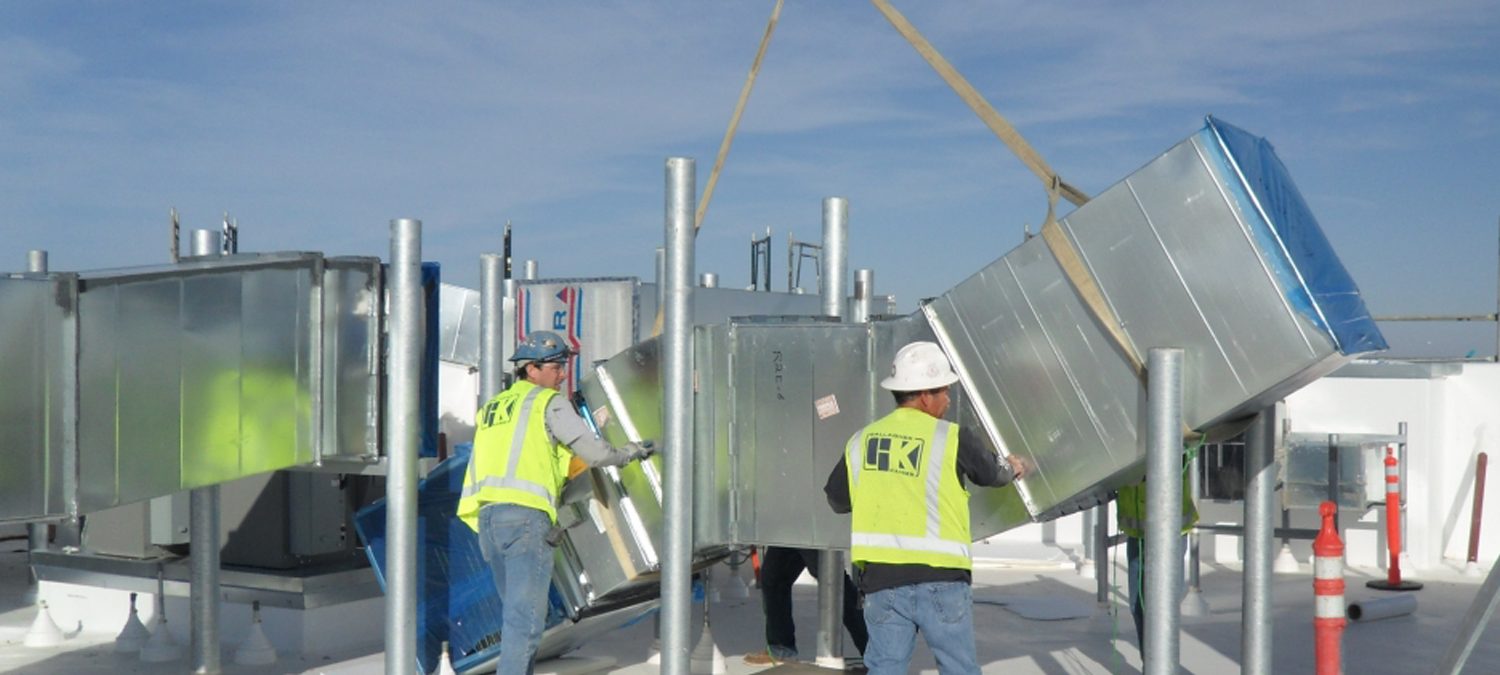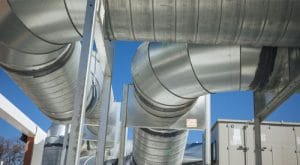Registered apprenticeship/workforce development:
The Build Back Better Act contains $1 billion for registered apprenticeship programs, apprenticeship and youth apprenticeship programs along with $5 billion for sector partnerships, including labor and industry to expand employment and training activities in high-skill, high-wage, or in- demand industry sectors and occupations.
Department of Labor & federal agency funding for worker protection:
The Build Back Better Act includes $1.9 billion for Department of Labor programs to rebuild the capacity of worker protection agencies as well as new fines to ensure workers seeking for form a union at work at able to without employer retaliation along with $350 million for the National Labor Relations Board to rebuild capacity.
Safety at Work
The Act protects workers by increasing the maximum penalty to $700,000 for willful and repeat violations; increase the minimum penalty to $50,000 for willful violations; and increase the maximum penalty for both serious and failure-to-abate violations to $70,000.
Labor Reform
The Act authorizes civil monetary penalties for employers that violate existing unfair labor practice provisions of the National Labor Relations Act. Penalties are up to $50,000 for each violation and can be doubled up to $100,000 for any violation resulting in termination and serious economic harm and where the employer has previously committed such violation in the preceding five years.
Energy Efficiency/HVAC upgrades/IAQ:
The Act contains major funding for indoor air quality work that will put Union sheet metal workers to work. This includes $200 million for the Rural Energy Savings Program, which can be used for construction for energy saving measures along with $280.5 million to address air quality via monitoring,
$50 million to address indoor air quality in schools, $360 million for contractor training grants for home energy efficiency retrofits, $5.89 billion for states to provide rebates for retrofits, including HVAC and
$500 million for states to conduct energy efficiency on public and non-profit buildings.
Penalties are imposed if prevailing wage and training requirements are not met.
Enforcing the Protection of American Jobs
- Any steel, iron, or manufactured product used in a project must be produced in the United States.
- New $4,500 tax credit for union-made EVs built in the U.S. (on top of the existing $7,500 EV tax credit).
- New $500 tax credit for batteries manufactured in the U.S.
Union dues:
Restore the deduction for union dues ($250 cap) that was removed by the previous Administration.
Construction of Health Centers
- $2 billion for construction, alteration and improvement of health centers.
- $1.4 billion for construction, renovation, expansion and modernization of state and local public health laboratory infrastructure.
- $300 million for improving infrastructure of FDA laboratories and facilities.
- Construction of new Veterans Affairs hospitals
- $2.3 billion to address infrastructure needs of the VA.
Manufacturing and supply chains:
- $5 billion for supply chain resilience.
- $50 million to support safe domestic travel.
- $600 million for port infrastructure and supply chains.
Passenger rail
$10 billion for high-speed rail corridor assistance.
Childcare centers:
$15 billion to build childcare centers, which includes work for energy retrofits and HVAC systems.
Health Care Coverage:
- $165 billion to reduce healthcare premiums for people covered through the Affordable Care Act.
- Provides insurance for an additional four million people through Medicaid and establishes a health insurance affordability fund.
- Covers hearing coverage through Medicare and increase coverage for hearing aids.
- Permanently extend the Children’s Health Insurance Program, which covers nearly eight million children.
- Allows Medicare to negotiate lower drug prices.
Paid family medical leave:
Four weeks of paid leave
Child tax credit:
Extends for one year the current expanded Child Tax Credit for more than 35 million American households, with monthly payments for households earning up to $150,000.



